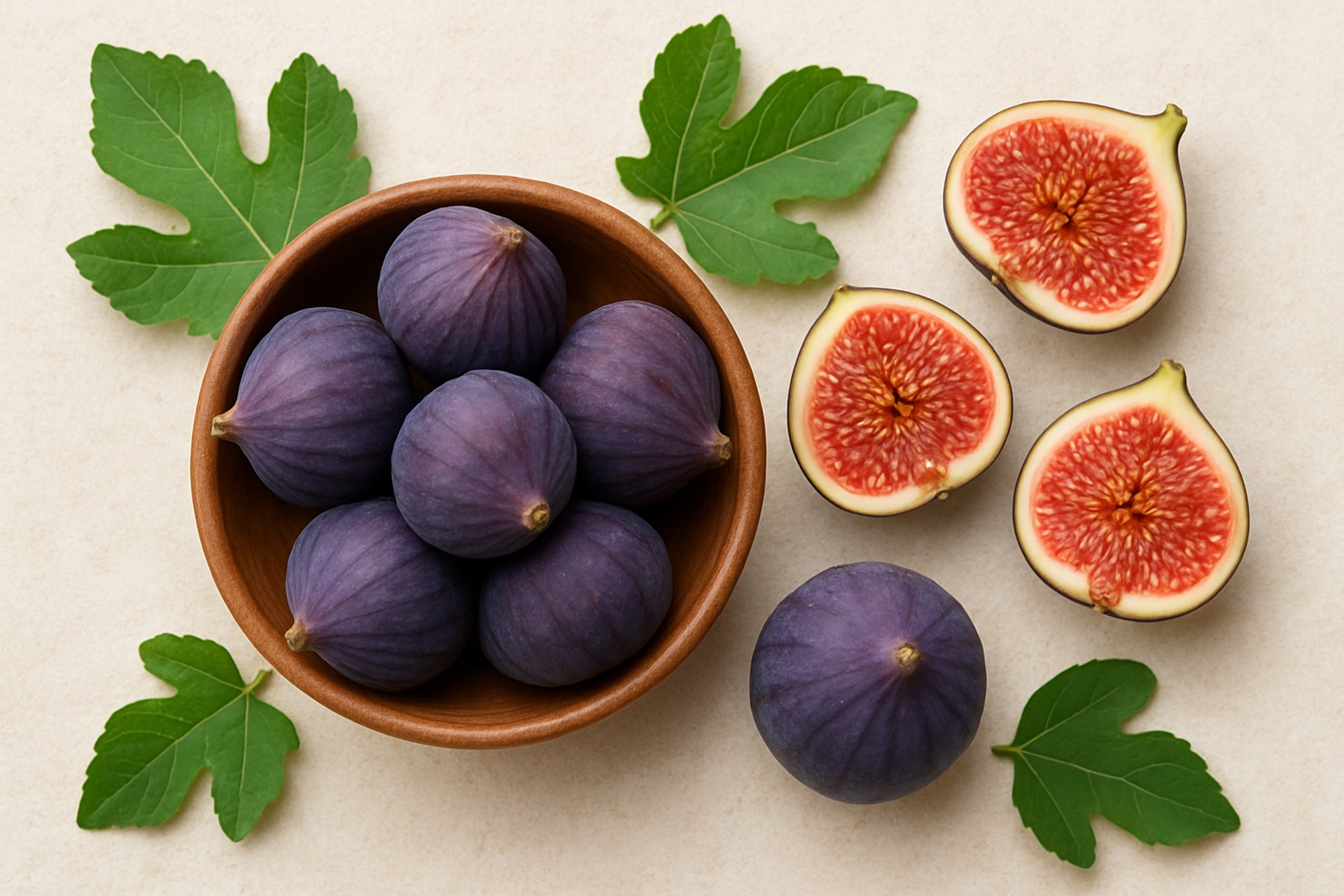🌿 GROWPlantWell – Nurture Nature, Transform Your Space 🌿

Discovering the Health Benefits of Figs: A Sweet Addition to Your Diet
"Explore the sweet and nutritious world of figs, packed with fiber, antioxidants, and essential minerals, perfect for boosting health and adding natural sweetness to your diet."
Rashid Saleem
8/11/20252 min read


🌿 Figs: The Ancient Sweet Fruit with Modern Health Benefits
Figs are among the oldest cultivated fruits in the world, cherished for their natural sweetness, soft texture, and remarkable health benefits. Whether enjoyed fresh, dried, or cooked, figs are a nutritional powerhouse and a delicious addition to many dishes.
In this guide, you’ll learn what makes figs special, their nutrition profile, health benefits, how to grow them, and creative ways to enjoy them.
🌱 What Are Figs?
Figs come from the Ficus carica tree, native to the Mediterranean and Middle East. Technically, they’re not a true fruit but an inverted flower containing tiny edible seeds. Figs have been cultivated for thousands of years and are celebrated in history, religion, and cuisine.
🥗 Nutritional Value of Figs (Per 100g Fresh)
Calories: 74 kcal
Carbohydrates: 19.2 g
Protein: 0.75 g
Fiber: 2.9 g
Vitamin C: 2 mg
Vitamin K: 4.7 mcg
Potassium: 232 mg
Calcium: 35 mg
Antioxidants: Polyphenols, flavonoids
💪 Health Benefits of Figs
1. Rich in Fiber 🌿
Figs support digestion, prevent constipation, and promote gut health.
2. Supports Heart Health ❤️
Potassium helps regulate blood pressure, while antioxidants improve vessel function.
3. Bone Strengthening 🦴
Calcium, magnesium, and phosphorus in figs contribute to strong bones.
4. Helps Manage Blood Sugar 🔄
Figs have a moderate glycemic index and contain compounds that may improve insulin sensitivity.
5. Skin Health Boost ✨
Antioxidants in figs help fight oxidative stress, promoting youthful skin.
🌿 Types of Figs
Black Mission: Sweet, rich flavor with dark purple skin.
Kadota: Green skin, pale flesh, mildly sweet.
Calimyrna: Large, nutty flavor, greenish-yellow skin.
Adriatic: Very sweet, used for fig bars and jams.
🌳 Growing Figs at Home
Climate: Best in warm, dry climates, but can grow in pots in cooler regions.
Soil: Well-drained loamy soil, pH 6.0–6.5.
Sunlight: At least 6–8 hours of direct sunlight daily.
Watering: Deep watering once a week; reduce in dormant season.
Harvesting: Pick figs when soft and slightly drooping; they do not ripen after harvest.
🥤 How to Enjoy Figs
Fresh with cheese and nuts
In salads with goat cheese or prosciutto
As fig jam or chutney
Baked into tarts, bread, or cakes
Dried as a healthy snack
❓ FAQ on Figs (AEO Friendly)
Q: Are figs good for weight loss?
✅ Yes — figs are low in fat and rich in fiber, making them filling and nutritious.
Q: Can diabetics eat figs?
Yes, in moderation — figs have natural sugars but also beneficial compounds that may help control blood sugar.
Q: Are dried figs as healthy as fresh figs?
Yes, but they are higher in calories and sugar per serving, so enjoy in smaller portions.
📌 Key Takeaway
Figs are a timeless fruit with modern health appeal. Packed with fiber, antioxidants, vitamins, and minerals, they’re a sweet and nutritious way to support your overall health. Whether eaten fresh, dried, or cooked, figs offer flavor, history, and wellness in every bite.